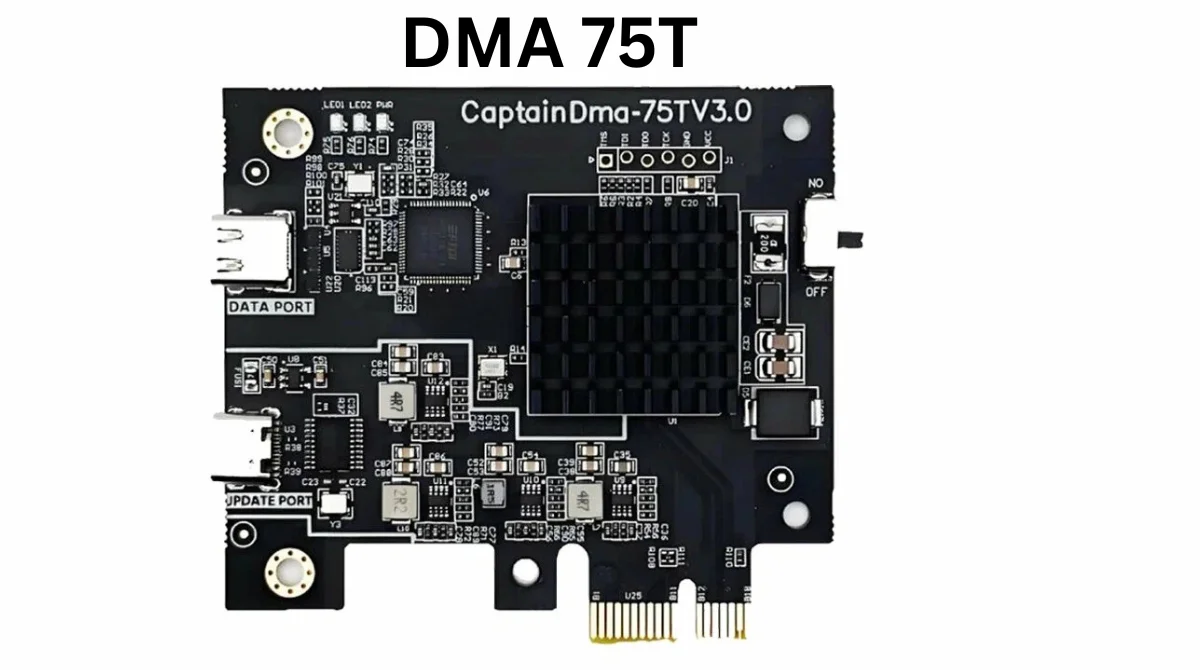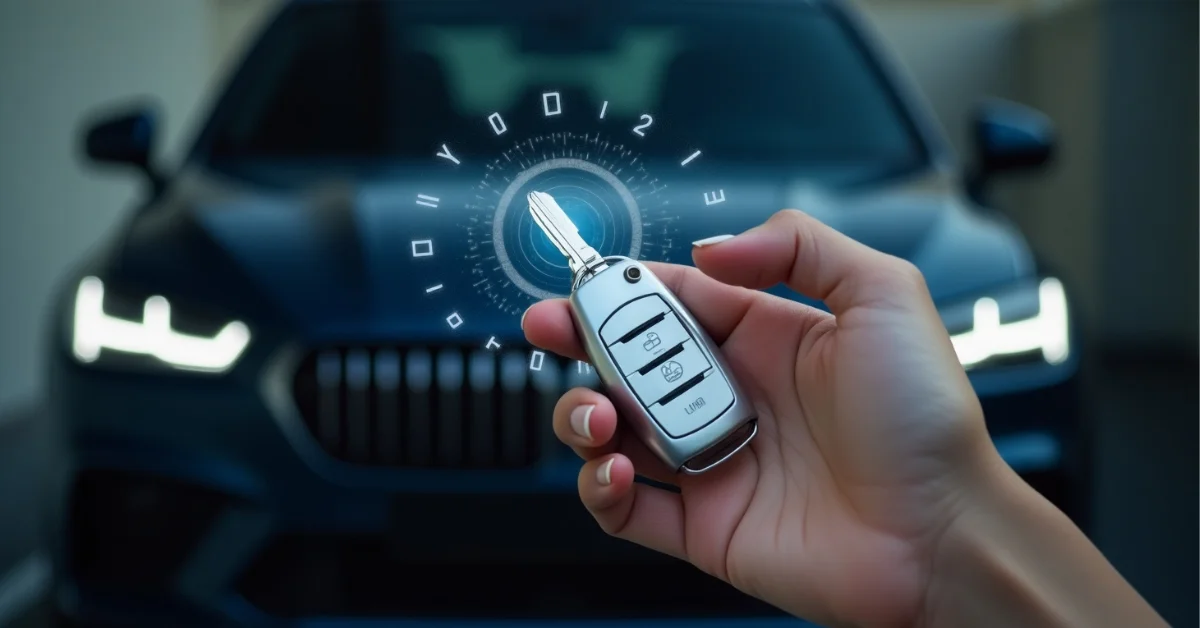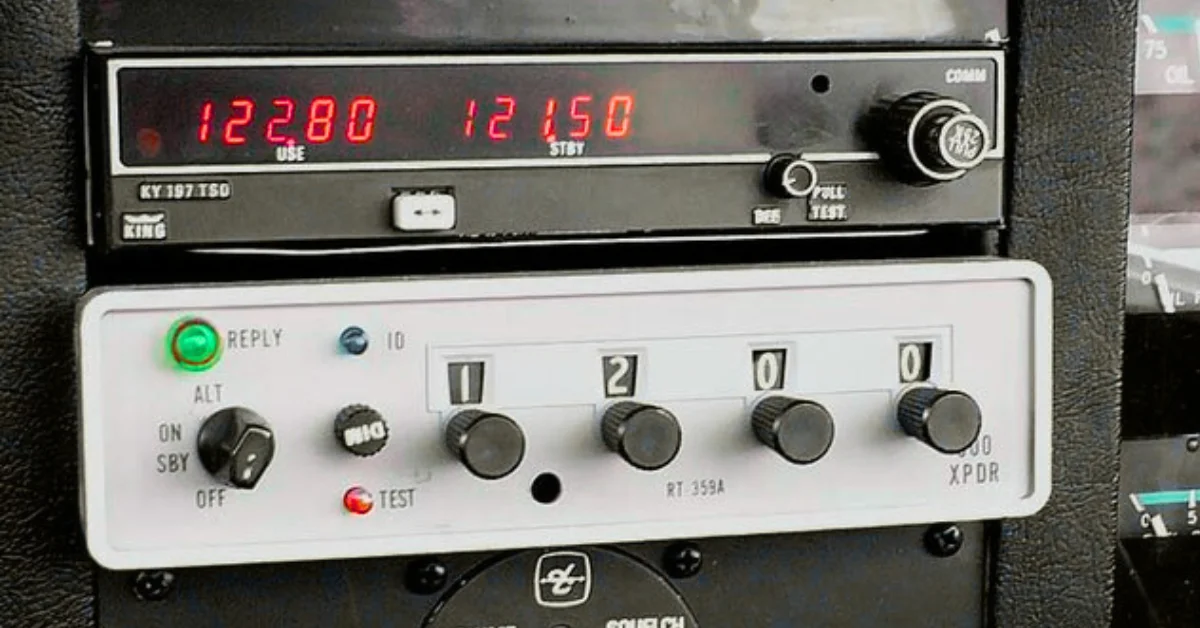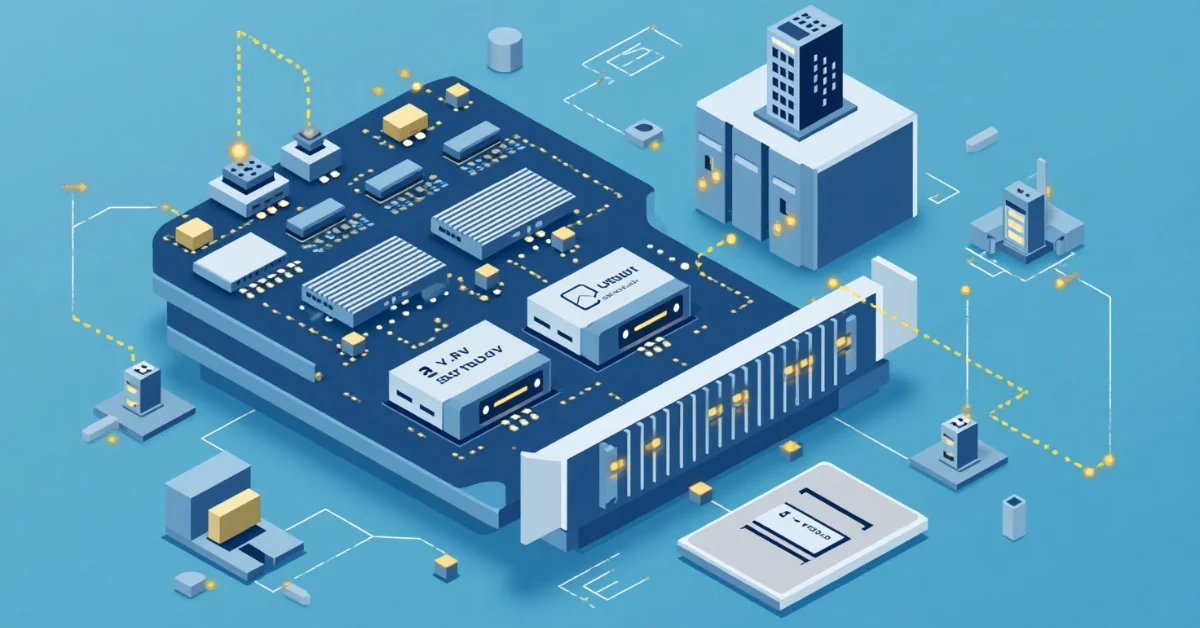The DMA 75T card is a powerful tool designed for high-speed data processing and direct memory access (DMA) applications. Utilizing the Xilinx Artix-7 75T FPGA chip, this card offers exceptional performance for tasks requiring rapid data transfer and efficient memory manipulation.
What is a DMA 75T Card?
A DMA 75T card is a hardware component that enables direct access to a computer’s memory without involving the CPU. This direct access allows for faster data transfer rates and reduced latency, making it ideal for applications such as system diagnostics, data acquisition, and real-time processing.
Key Features
- High-Speed Data Transfer: Equipped with USB 3.0 or USB 3.2 Gen 2 interfaces, the DMA 75T card supports data transfer speeds up to 300MB/s, facilitating quick and efficient data movement.
- Advanced FPGA Technology: The Xilinx Artix-7 75T FPGA chip provides high performance-per-watt efficiency, superior transceiver line rates, and enhanced digital signal processing capabilities.
- User-Friendly Design: Features such as an external kill switch allow users to disable the card without physically removing it from the system, enhancing safety and convenience.
- Effortless Firmware Updates: The card supports easy firmware flashing via USB-C ports, eliminating the need for complex JTAG cables and simplifying the update process.
Technical Specifications
Here are some technical details for users who want to know what’s under the hood:
- FPGA Model: Xilinx Artix-7 75T
- Interface: USB 3.2 Gen 2 via FT601 bridge
- Maximum Bandwidth: Up to 300MB/s in real use
- Power Supply: From PCIe or USB
- Supported Tools: PCILeech, FPGA bitstream updates
- JTAG Access: Via USB-C for firmware upload
- Cooling: Aluminum heat sink or optional fan
Applications of DMA 75T Card
The DMA 75T card is utilized in various fields due to its high-speed data handling capabilities:
- System Diagnostics: Allows for in-depth analysis and troubleshooting by providing direct access to system memory.
- Data Acquisition: Ideal for collecting and processing large volumes of data in real-time, such as in scientific research or industrial monitoring.
- Real-Time Processing: Supports applications that require immediate data processing, including video streaming and complex computations.
Benefits of DMA 75T Card
- Enhanced Performance: By bypassing the CPU for memory access, the DMA 75T card reduces bottlenecks and improves overall system performance.
- Versatility: Compatible with various software solutions and operating systems, making it suitable for a wide range of applications.
- Scalability: Its advanced FPGA technology allows for customization and scalability to meet specific project requirements.
Considerations
While the DMA 75T card offers numerous advantages, users should consider the following:
- Firmware Requirements: Some applications may require specific firmware versions; ensure compatibility before deployment.
- System Compatibility: Verify that your system has the necessary ports and supports the card’s specifications.
- Technical Expertise: Proper installation and configuration may require a certain level of technical knowledge.
Installation and Compatibility
Installing the DMA 75T is straightforward:
- PCIe Slot Requirement: Ensure your PC has an available PCIe slot for the DMA card.
- Firmware Installation: Depending on the version, you may need to install or update the firmware using the USB-C port.
- Software Compatibility: Compatible with tools like PCILeech for memory access operations.
Alternatives to DMA 75T
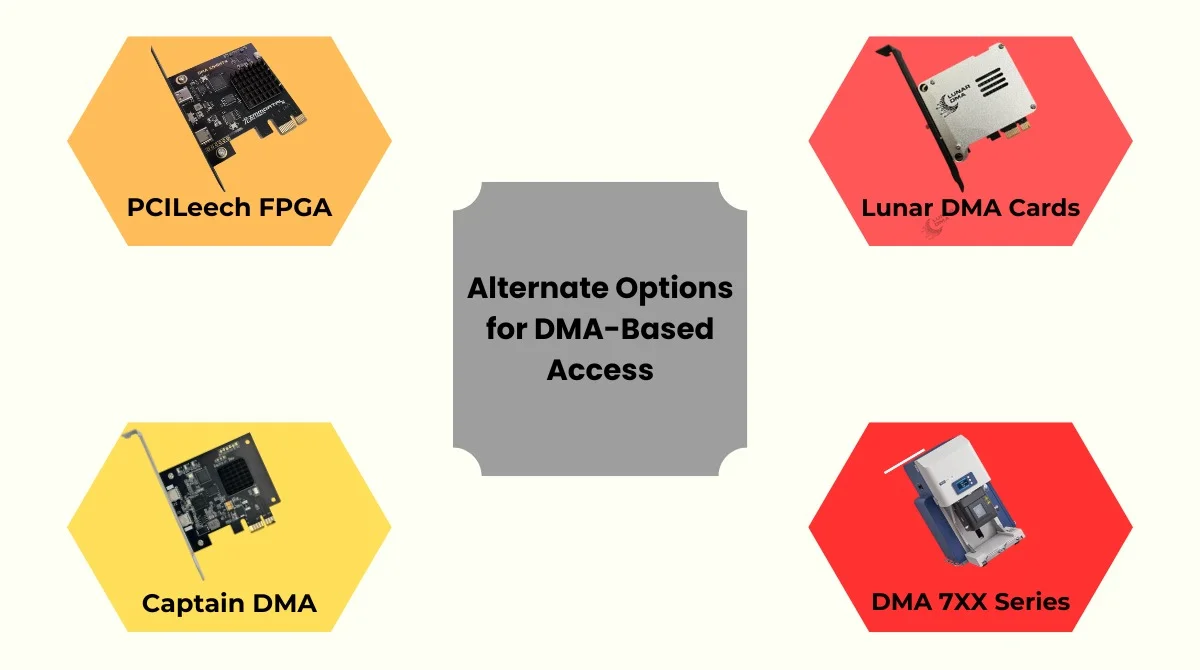
While the DMA 75T is a solid choice, here are some alternatives:
- DMA 7XX Series: Other Artix or Kintex-based models with higher specs.
- PCILeech FPGA: Older but still reliable for memory access testing.
- Lunar DMA Cards: Another brand offering similar DMA functionality.
- Captain DMA: Known for better casing and cooling.
Choose based on your needs and budget. DMA 75T offers a good balance between cost and power for most users.
Troubleshooting Common Issues
Like any advanced hardware device, the DMA 75T might run into a few common issues. Here’s how you can identify and fix them easily.
1. Device Not Detected
Problem: The system doesn’t recognize the card.
Solution:
- Make sure the PCIe card is seated properly.
- Confirm the USB-C cable is securely connected.
- Check if the power button on the device is switched on.
- Use Device Manager (Windows) or lsusb (Linux) to see if it’s listed.
2. Firmware Update Fails
Problem: Firmware doesn’t upload or causes errors.
Solution:
- Use the latest version of the flashing tool.
- Ensure you are using the correct firmware version for the FPGA chip.
- Try a different USB port or cable.
- Reboot the host system before retrying.
3. Device Overheating
Problem: The card gets too hot after a few minutes.
Solution:
- Make sure your case has proper airflow.
- Attach a fan or improved heat sink.
- Avoid prolonged use without breaks if the card lacks active cooling.
Conclusion
The DMA 75T card is a robust solution for high-speed data processing and direct memory access needs. Its advanced features, combined with user-friendly design and versatility, make it a valuable asset in various technical fields. By understanding its capabilities and applications, users can effectively leverage the DMA 75T card to enhance system performance and efficiency.
